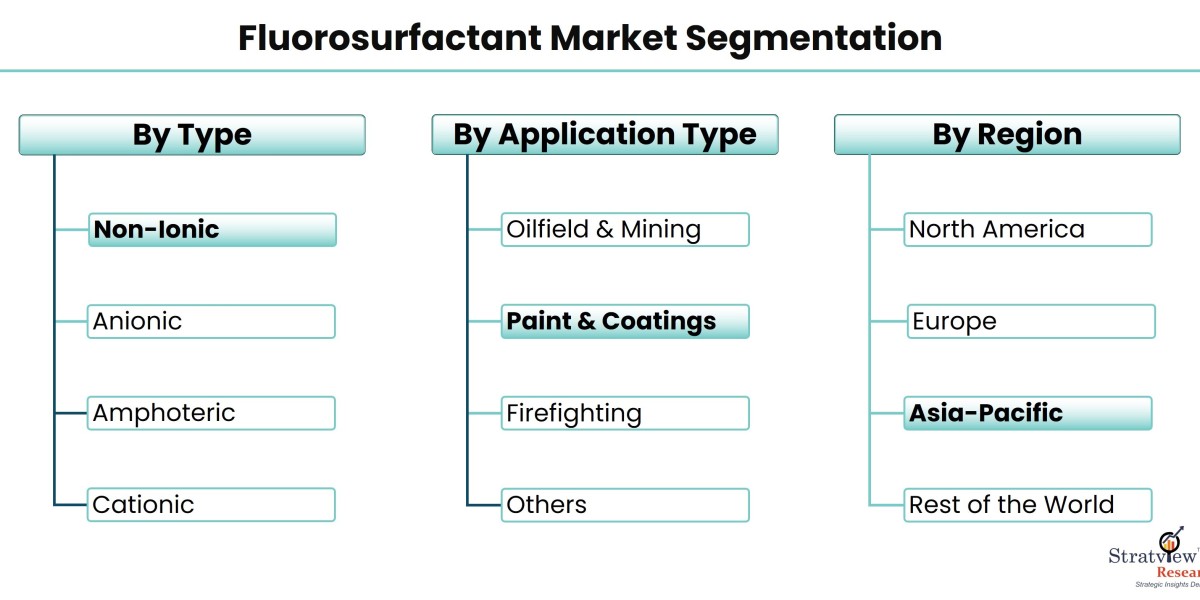What is Artificial Intelligence used for?
Generative Adversarial Networks (GANs)
Introduction
In the ever-evolving landscape of artificial intelligence, one particular technique has captured the imagination of researchers and enthusiasts alike: Generative Adversarial Networks (GANs). These innovative models have the remarkable ability to generate realistic synthetic data, such as images, audio, and even video, with a level of detail and complexity that was once thought impossible. GANs represent a significant leap forward in the field of generative modeling, offering a wealth of potential applications across various domains. One might ask, What is Artificial Intelligence used for?
What are GANs?
GANs are a type of deep learning architecture that consists of two neural networks: a generator and a discriminator. These two networks engage in a continuous game of one-upmanship, where the generator attempts to produce realistic synthetic data, while the discriminator strives to distinguish between the generated data and real data from the training set.
The fundamental principle behind GANs is the concept of adversarial training. By pitting these two neural networks against each other in a competitive setting, the generator learns to create increasingly convincing synthetic data, while the discriminator becomes more adept at identifying real and fake data.
How GANs Work
The Generator: At the heart of the GAN architecture lies the generator network. This neural network takes in a random noise vector as input and transforms it into a synthetic data sample, such as an image or audio clip. The generator's goal is to produce output that is indistinguishable from real data, effectively "fooling" the discriminator network.
The Discriminator: The discriminator network plays a crucial role in the training process of the GAN. Its task is to analyze both the real data from the training set and the synthetic data generated by the generator. The discriminator then assigns a probability score to each input, indicating its likelihood of being real or fake.
Training the GAN: The training process of a GAN is an intricate dance between the generator and discriminator networks. Initially, the generator produces low-quality synthetic data, which the discriminator easily identifies as fake. However, as the training progresses, the generator gradually learns to create more realistic data by adjusting its parameters based on the feedback from the discriminator.
Simultaneously, the discriminator continuously adapts to the improving quality of the generator's output, becoming more discerning in its ability to distinguish real from fake data. This adversarial training process continues until an equilibrium is reached, where the generator produces synthetic data that is indistinguishable from real data, and the discriminator cannot reliably differentiate between the two.
Applications of GANs
GANs have found applications in various domains, revolutionizing the way we approach generative modeling and synthetic data creation.
1. Image Generation: One of the most prominent applications of GANs is in the field of image generation. These models can create highly realistic synthetic images, ranging from human faces and natural landscapes to artistic renderings and even entire scenes.
2. Video Generation: GANs have also demonstrated their capabilities in generating realistic video sequences, opening up new possibilities in fields such as computer graphics, animation, and video editing.
3. Data Augmentation: In machine learning, data scarcity can be a significant challenge. GANs offer a solution by generating synthetic data that can be used to augment existing datasets, improving the training and performance of other machine learning models.
4. Image-to-Image Translation: GANs have shown remarkable success in image-to-image translation tasks, such as converting satellite imagery to map data, transforming sketches into photorealistic images, and even translating between different artistic styles.
5. Super-Resolution Imaging: GANs can be employed to enhance the resolution and quality of low-resolution images, a technique known as super-resolution imaging. This has applications in various fields, including medical imaging, surveillance, and photography.
Challenges and Limitations
Despite their remarkable achievements, GANs are not without their challenges and limitations.
1. Mode Collapse: One of the most significant challenges in training GANs is the phenomenon known as mode collapse, where the generator learns to produce a limited variety of outputs, failing to capture the full diversity of the real data distribution.
2. Training Instability: The adversarial nature of GANs can lead to training instability, making it challenging to achieve convergence and consistent performance.
3. Evaluation Metrics: Evaluating the quality and fidelity of GAN-generated outputs remains a complex task, as traditional evaluation metrics may not capture the nuances of synthetic data.
4. Computational Resources: Training GANs can be computationally intensive, often requiring significant computational resources and processing power, especially for high-resolution or complex data generation tasks.
Future Developments
Despite these challenges, the field of GANs continues to evolve rapidly, with researchers and practitioners exploring new architectures, training techniques, and applications.
One exciting development is the emergence of conditional GANs, which allow for greater control over the generated outputs by incorporating additional input information, such as class labels or text descriptions.
Another promising area of research is the exploration of novel loss functions and regularization techniques, which aim to improve the stability and convergence of GAN training, as well as mitigate issues like mode collapse.
Furthermore, the integration of GANs with other deep learning techniques, such as reinforcement learning and attention mechanisms, holds the potential to unlock new capabilities and applications.
As computational resources become more powerful and accessible, the limitations imposed by hardware constraints will gradually diminish, paving the way for even more ambitious and complex GAN models.
Conclusion
Generative Adversarial Networks (GANs) have revolutionized the field of generative modeling, offering a powerful framework for creating synthetic data with unprecedented realism and diversity. From image and video generation to data augmentation and image-to-image translation, the applications of GANs are vast and continually expanding. Artificial Intelligence Course in Chandigarh While challenges remain, such as training instability and mode collapse, the rapid pace of research and innovation in this field promises to overcome these hurdles, unlocking new frontiers in artificial creativity and data synthesis. As we continue to explore the potential of GANs, we can expect even more groundbreaking developments that push the boundaries of what is possible in the realm of generative modeling.






